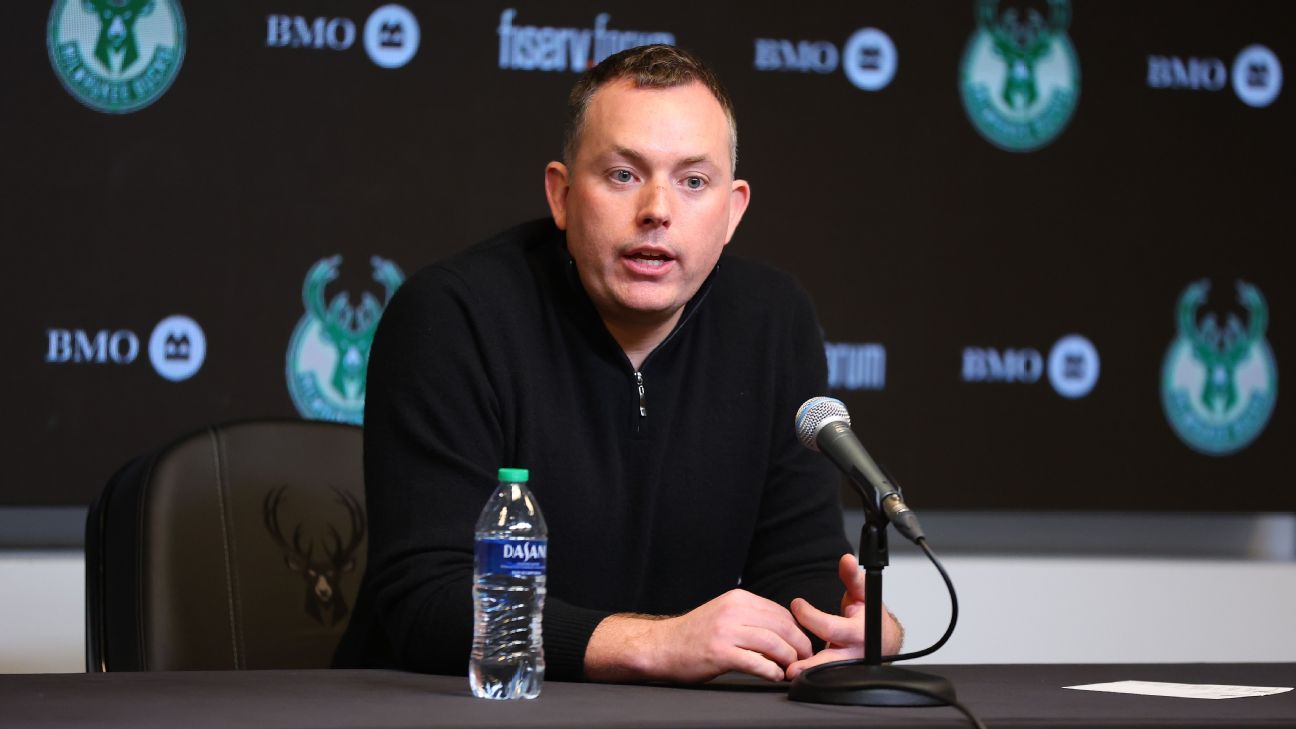
INDIANAPOLIS — The COVID-19 era of motorsports has created much uncertainty about the future, such as when fans can return to the race track en masse and how the economic shutdown will affect sponsorship.
From NASCAR to drag racing and from Formula One to the local short tracks, the economic uncertainty has impacted all forms of motorsports.
For IndyCar, however, the series won’t have to worry about its engine suppliers as Chevrolet and Honda extended their relationships with the sanctioning body through the end of the decade.
In addition, the move to the hybrid-assisted internal-combustion engine will now begin in 2023 instead of 2022.
“This announcement is huge,” Penske Corp. President Bud Denker told SPEED SPORT on Oct. 3. “Now, we can go to a Ferrari or a Toyota and lay out an entire plan and timeline when the new engine will be implemented.”
Solidifying its future with key series partners has been a major part of IndyCar President Jay Frye’s agenda since he took over series operations at the end of 2015.
Frye wanted to return IndyCar to its roots of 900 or more horsepower while keeping an eye on the future. The concept was to move toward hybrid technology while keeping the “loud, proud and unapologetic” noise of an international-combustion engine.
Honda and Chevrolet believe in that goal and, hopefully, another engine supplier or two will see value in the future.
“OEM participation is the lifeblood backbone of any series,” Frye said. “To have the runway that we’re announcing, which is a long time, we’ve got a good plan and together with Chevrolet and Honda we couldn’t be more excited about the future.”
General Motors President Mark Reuss, who has a long history in Indy car racing, was on hand for the announcement.
“The fact that we’re committed to reinvesting in this series for years to come should say everything there is to say about how we feel about it,” Reuss said. “The fact that Roger Penske and Bud Denker and their team are in charge says a lot about why we’re doing it. They have poured many resources into making everything better, which is evident both here at IMS and across the IndyCar Series. It’s a series that features some of the best racing in the world by some of the most talented international drivers and a great TV deal, and we should thank NBC for that. They have done an incredible job.
“Under the leadership of Jay and his team, IndyCar has made great progress while keeping costs largely under control, which allows many teams to participate and results in excellent competition. That’s good news for the series and for the fans.”
Honda Performance Development President Ted Klaus is retiring on Dec. 1, but he believed it was important to get the long-term agreement with IndyCar finalized before his departure.
“I’m really, really proud of our 27-year continuous commitment to IndyCar and it has paid dividends over and over again,” Klaus said. “We race to hone the people inside of Honda, very similar to Chevrolet. That’s why we have such great races. We also race to connect with our customers and our fans, so as you said, the hybrid technology, electrifying our award-winning products, that’s a direction for both companies, and it’s great that we’re going to place this technology on behalf of the drivers and the series.
“It’s going to make it engaging and while I don’t know how exactly we’re going to do it, but we’re going to find ways to do it, and just like when we were kids and coming to this place took our breath away, we’re going to use this as a way to communicate to our future fans, and challenge all of our internal resources for today to take us into tomorrow,” Klaus added. “We really appreciate the platform, the leadership of IndyCar and we are just proud to be here and looking forward to more friends to come and play with us.”
The next step is drawing a third OEM into the series.
“We wanted to make sure that we had a long-term extension with both of our current partners, who are phenomenal partners,” Frye said. “This bodes well for that. They see what we’re doing, where we’re going, that we have a good path.
“In 2021 and ’22, we’ll have the 2.2-liter twin turbo V-6; from ’23 going forward we’ll have the 2.4 hybrid technology. I think they know where we’re going, they know what we’re doing. We’ve got two great partners that are already lined up, so we’re excited about the future, and we’re excited what that could look like down the road.”
As the automotive industry moves further into the world of hybrid technology, IndyCar and its engine partners believe the series must keep pace with that movement.
“The formula that we’re talking about is relevant to the times,” Klaus said. “We need to build a bridge to the future. We need to emotionally connect, not only with customers but with young technically minded people that might want to come hitch their wagon to Honda and Honda Engineering.”















 Phone: (800) 737. 6040
Phone: (800) 737. 6040 Fax: (800) 825 5558
Fax: (800) 825 5558 Website:
Website:  Email:
Email: 






